|
Our 3rd day in Cape Town began when we were picked up by our guide just before 9:00am. Much like the previous day, this early spring morning began with a light mist occasionally turning to rain. Today’s schedule had us visiting a couple of wineries in the Stellenbosch and Franschhoek regions of the Western Cape. Before heading eastward from the coast to the wineries, our guide suggested that we do a quick tour of the downtown area. This seemed like a good idea to us, since we had limited our evening sightseeing to the V&A Waterfront. As we drove from our apartment towards the financial district, we learned that the area between the existing waterfront and Strand Street was land that had been reclaimed in the early 1900's. The original shoreline came right up to Strand Street, which meant that our apartment, situated on Main Road between Strand and the waterfront would have been underwater before the reclamation. There was considerable infrastructure improvement done in the waterfront area and downtown in preparation for the 2010 World Cup, including the building of a modern Football Statium at the waterfront. After a short drive through the downtown, we made our way to Bo-Kaap, which means “above the Cape” in Afrikanns. This is an historical part of Cape Town that sits on the slopes of Signal Hill and is the area that was originally where the muslim community was assigned. It is a multicultural community, sprinkled with colourful pastel buildings and dwellings, which is recognized as an area that needs to be preserved. While Cape Town has severe economic issues as the result of the falling Rand, and a 27% unemployment rate with mortgage rates currently (September 2018) sitting at 10.5%, there is little religious or racial strife, and this is best exemplified in Bo-Kaap. Following our brief visit to Bo-Kapp we continued our exploration of the downtown area. Adderlay Street is considered the main street in the downtown while Gentleman's Walk is considered the banking district. We stopped at Leerdman which is the oldest castle and fortification in Cape Town and dates back to the 1600's. Across the street is where Nelson Mandela gave his inaugural speech after being driven here upon his release from prison in 1994. A short distance away is the legislative parliament of South Africa - the administrative government is in Pretoria. Not far from the legislative parliament is the Slave Lodge which was closed in 1834 when Britain banned slavery. Down the street from the Slave Lodge is St. George's Cathedral - a traditional African monument has been erected at this site where Desmond Tutu used to preach. The entire downtown is contained in a grid roughly 2 kilometres square. As we left Cape Town proper and started driving down N2 towards the airport on our way to Stellenbosch, our guide explained that South Africa's prime exports are gold, diamonds, platinum, wine and more recently, tourism which comprises 9% of GDP. Tourism is relatively new because up until the end of Apartheid in 1994, many countries were boycotting South Africa. As we approached the airport we saw the formal and informal settlements or townships (formerly referred to as Shantytowns). There are several of these in the area and while there is no exact number it is estimated that approximatley 2 million people live in these settlements. Gradually people are being moved into formal public housing that is replacing the shacks making up the informal settlements. We crossed the Cape Flats between the 2 mountain regions on our way to the Stellenbosch wine district. The soil in this area is very sandy. Arriving at Stellenbosch, the 2nd oldest town in South Africa, we were entering one of the country’s top wine regions. The town of Stellenbosch is Dutch in origin and as a result the houses are all conservative minimalist Dutch style and mainly painted white. Stellenbosch is now primarily a University town with a student population of about 29,000. The primary grapes in the region are Chenin Blanc (which is used to make brandy), Sauvignon Blanc, Cabernet Sauvignon and Pinotage - a wine unique to South Africa that is a blend of Pinot Noir and Hermitage. White grapes are harvested in the January to March timeframe and red grapes are harvested in the March to April timeframe. After a quick drive through Stellenbosch we arrived at the Warwick Winery, a high end winery that has a rich and interesting history dating back to 1771. The winery buildings are white Dutch colonial style surrounded by a grove of mature trees. Just off the parking area is a giant wire sculpture of Nelson Mandela with colourful beads meticulously crafted to bring out all of the features of his face, hair, hands, feet and clothes. The signature wine of Warwick is a red blend called Trilogy (Cabernet Sauvignon 40%, Cabernet Franc 41% and Merlot 19%) which is a Bordeau style wine that sells for R400 (approximately$40 CDN). It is the most expensive wine on their list. I decided to try the Exclusive tasting which consists of a sampling of 5 of Warwick’s premium wines. The selection included a Chenin Blanc, Sauvignon Blanc, Pinotage (which I quite liked), Cabernet Franc ($36) which was also one of their award winning wines and a Cabernet Sauvignon. I purchased the Pinotage for ($16) and a Chenin Blanc ($16) for Kim. Following our wine tasting at Warwick we continued east to the Franschhoek wine region. We stopped in a quaint village in the French Corner and had lunch on the patio of a restaurant called Bovine. Kim ordered the Black Elephant Sauvignon Blanc and I had the Black Elephant Shiraz, both local wines from the the Franschhoek region. We each ordered Chicken and Bacon salad for lunch. It was a beautiful afternoon with lots of brilliant sunshine and so we lingered over lunch and left around 2:30pm. We headed to another winery - La Motte, which is owned by the the Ruperts, one of wealthiest family in South Africa. They have a total of three wines estates and are in partnership with the De Rothschild family in France producing wines under the Rupert and Rothschild labels. La Motte is a beautifully landscaped estate winery with a creek that runs through the property lined with lush vegetation. Calla Lillies dotted the shoreline of the creek. Inside the winery we settled at a small tasting table where I enjoyed a 6 flight sampling of South African wines while Kim enjoyed a glass of Sauvignon Blanc. We purchased a bottle of Sauvignon Blanc and a Shiraz. We had a long, but pleasant and uneventful drive back to Cape Town from the wine region through some of the most spectacular scenery. Approaching the city, we ran into a bit of traffic on the way into the downtown as we passed the airport. We arrived at our apartment at about 5:30pm feeling quite exhausted. After debating where to go for dinner, we opted to go back to the Waterfront and ended up at Karibu, a restaurant that had been recommended to us by a couple of different people for its game meats. We each ordered a glass of wine and Kim decided to go with the Bobotie , a traditional Cape Malay dish made from mince meat with an egg topping. I had wanted to get a game platter which included a selection of game meats, but was advised by the waiter that it was only available for 2 people. Instead he recommended a game trio which consisted of Kudu, Springbok and Impalla skewers. I also ordered the Ostrich carpaccio which both Kim and I shared. The carpaccio was very thin slices of dark red meat that was quire fragile. It was difficult to pick it up with a fork without it falling apart. The taste was slightly stronger than a beef carpaccio, but still quite flavourful. It was difficult for me to distinguish the difference in taste between the trio of game and they were very similar in texture. This wasn't surprising given that they were all varieties of venison. The meat was very lean but a bit tougher than beef cooked to the same degree of medium rare. The wine, appetizer and meals came to a total of just under $90 for the two of us including tax and tip. After dinner we took an Uber back to the apartment arriving just around 10:00 pm and were quite happy to get to our bed after a busy day tasting delicious wines! Continue to Day 4 - click here
0 Comments
Your comment will be posted after it is approved.
Leave a Reply. |
Sharing Our Travel DreamsSharing our personal experiences onboard and on the road, along with tips and insight for creating memorable vacations. Archives
March 2021
Categories
All
|
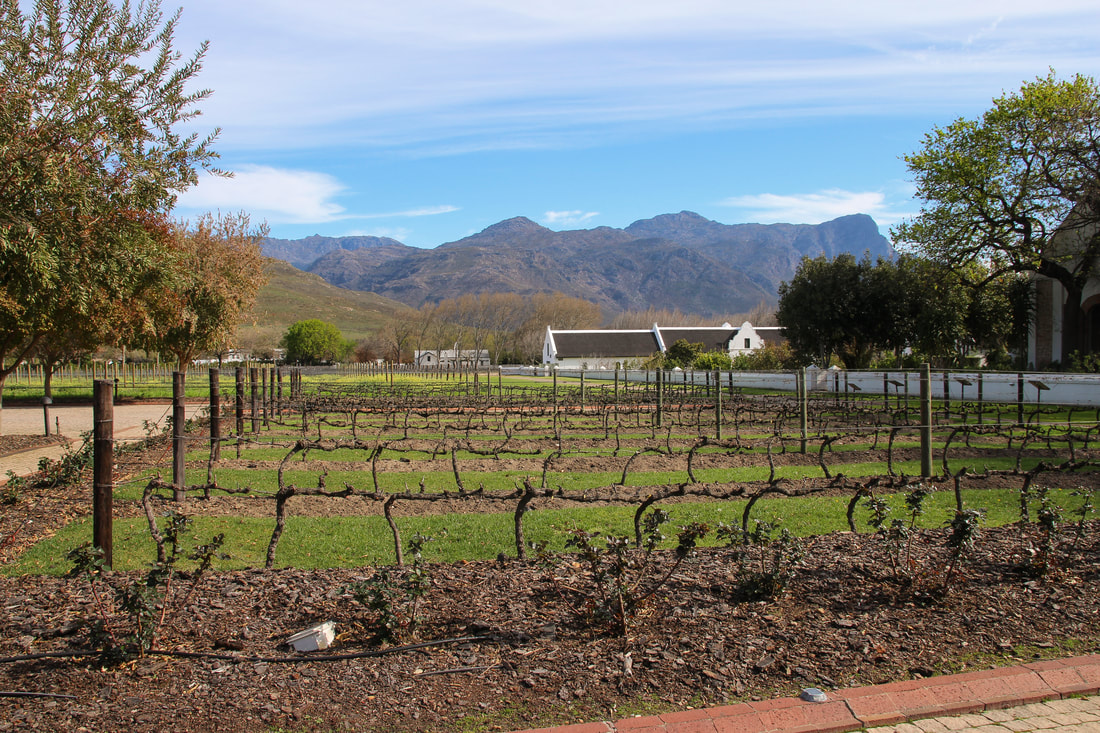
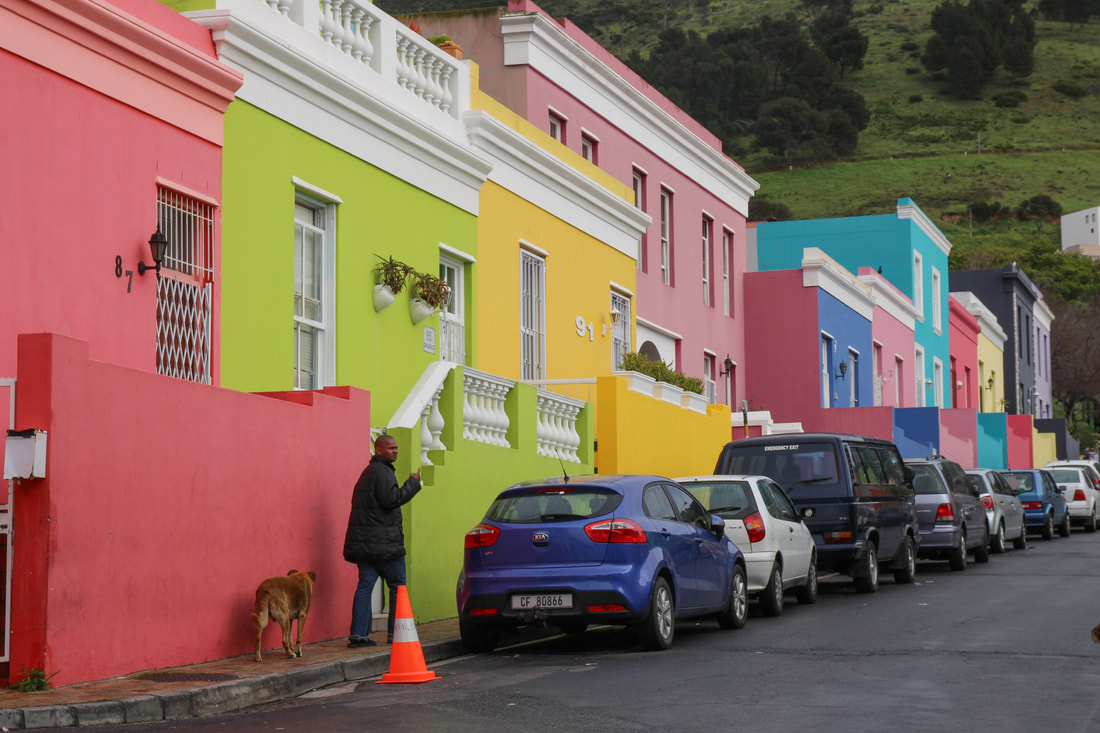
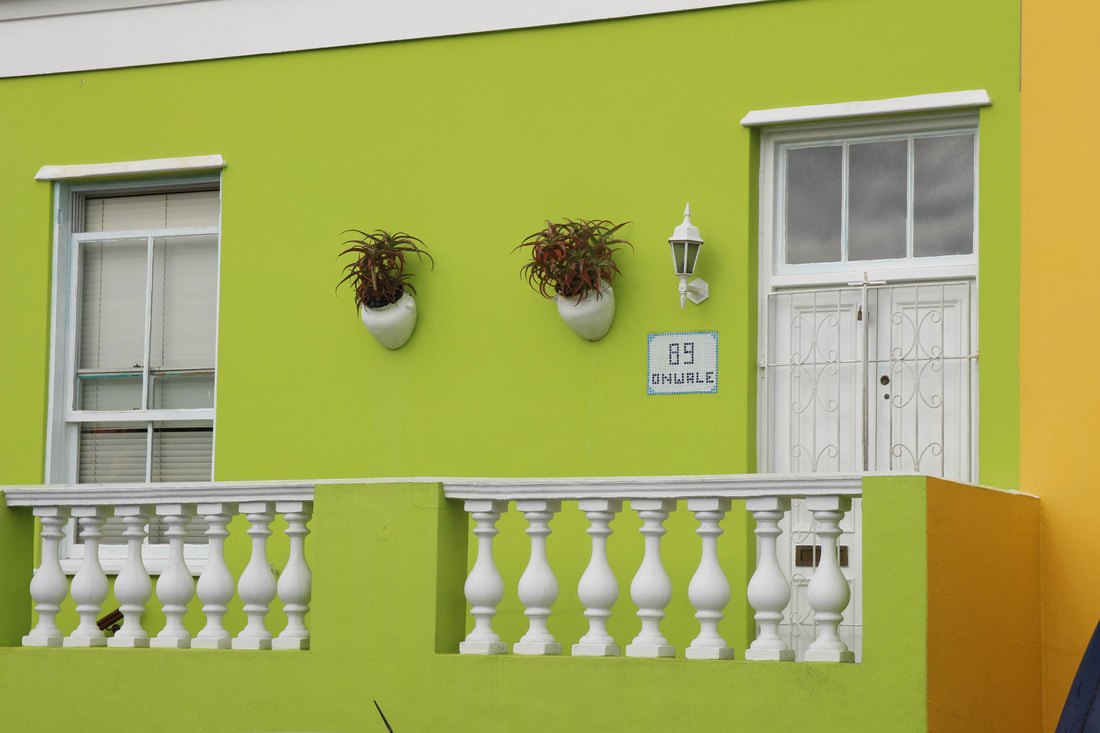
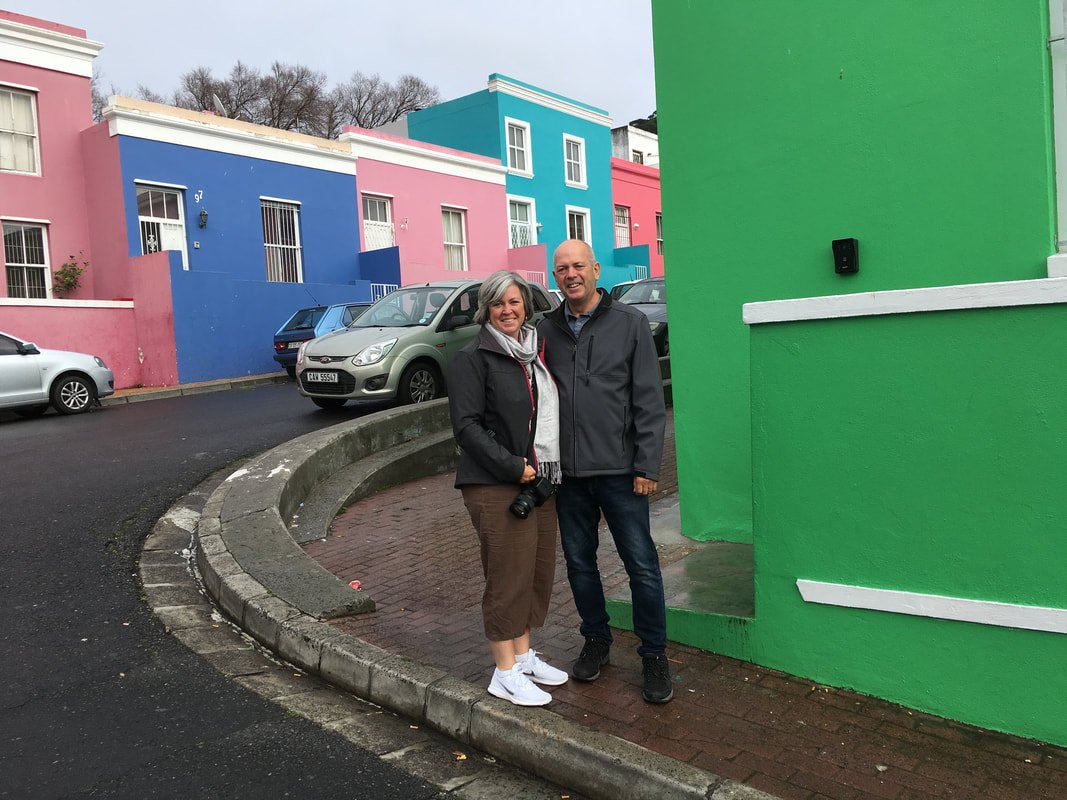
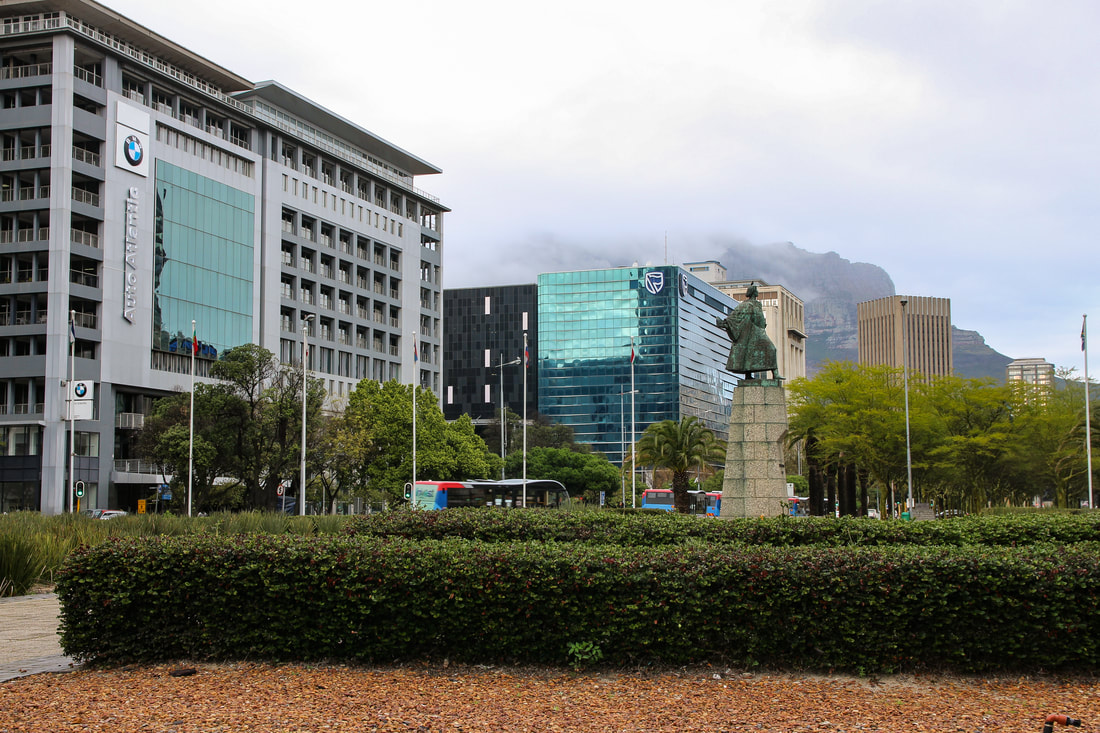
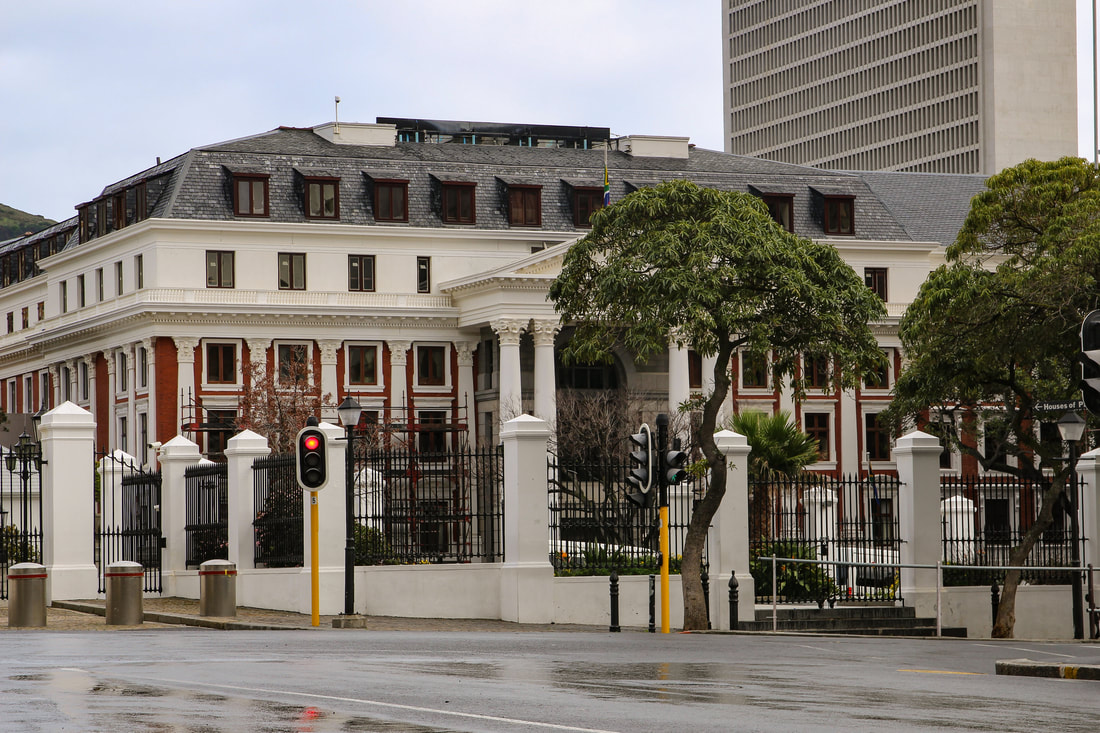
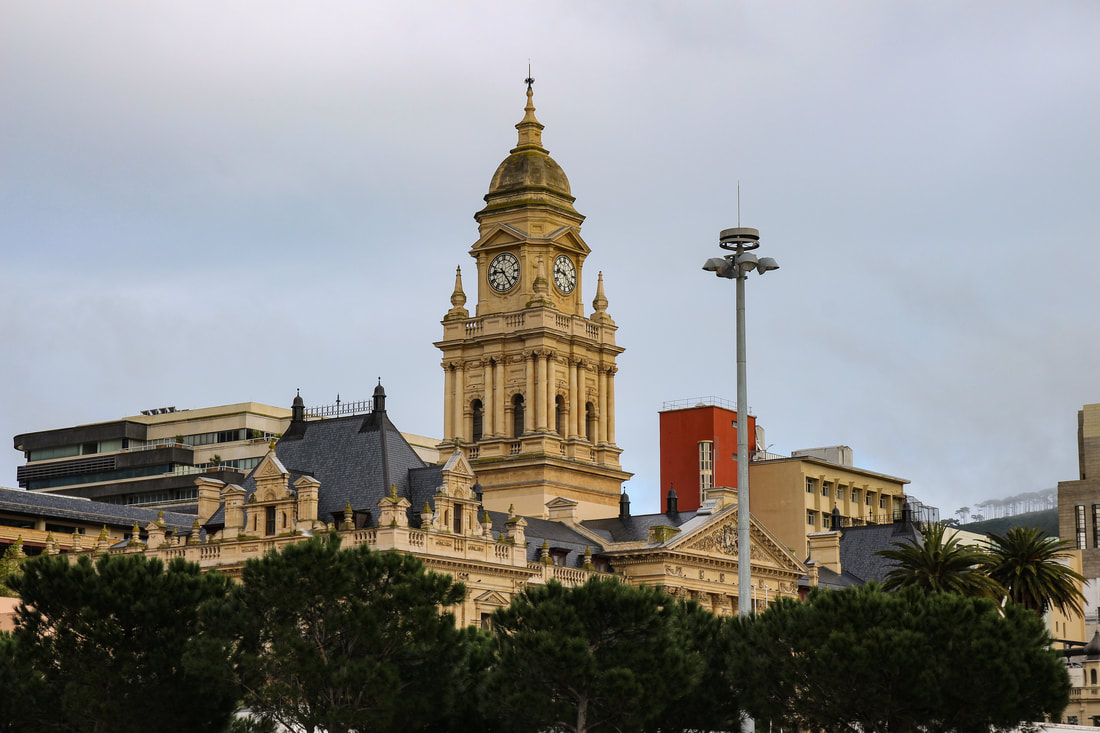
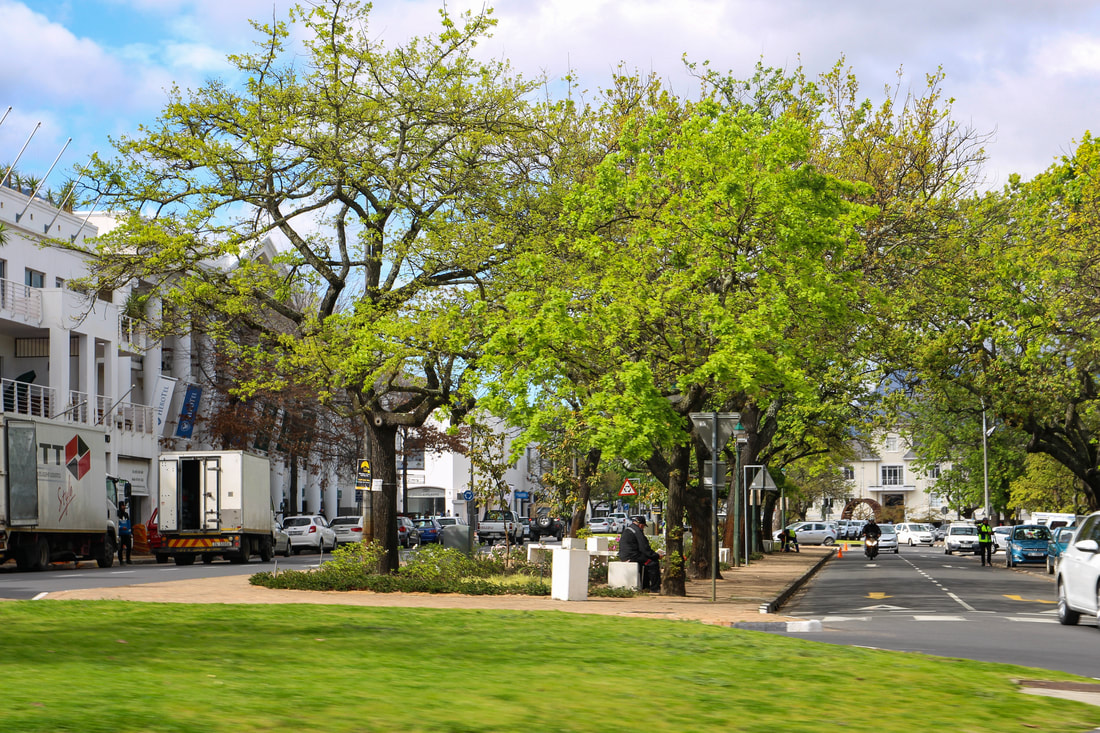
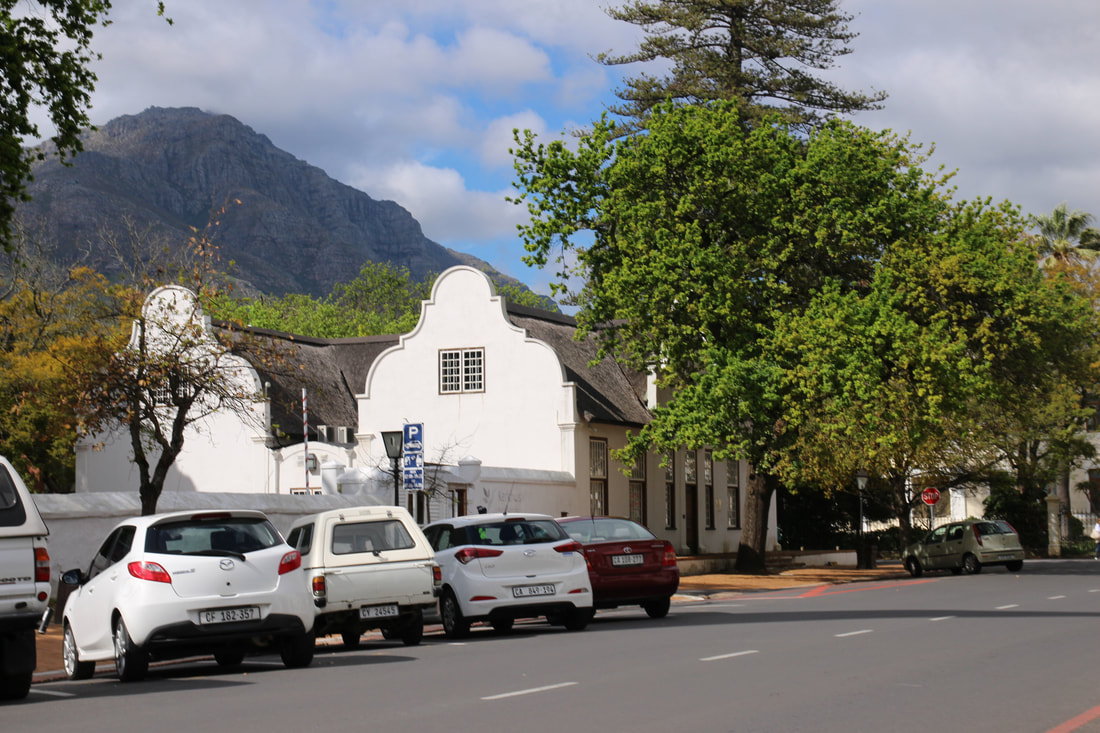
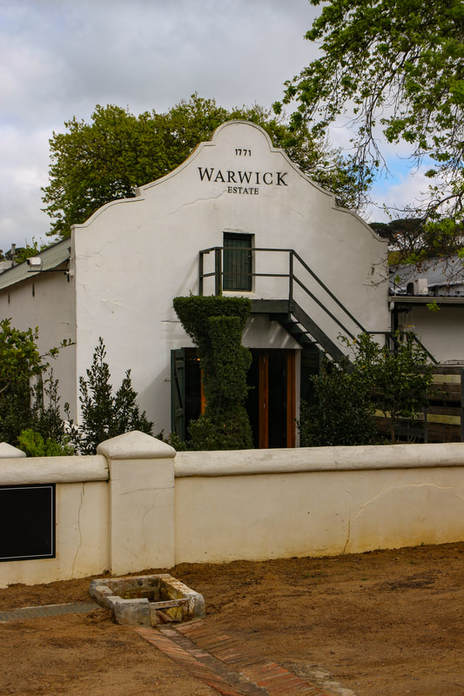
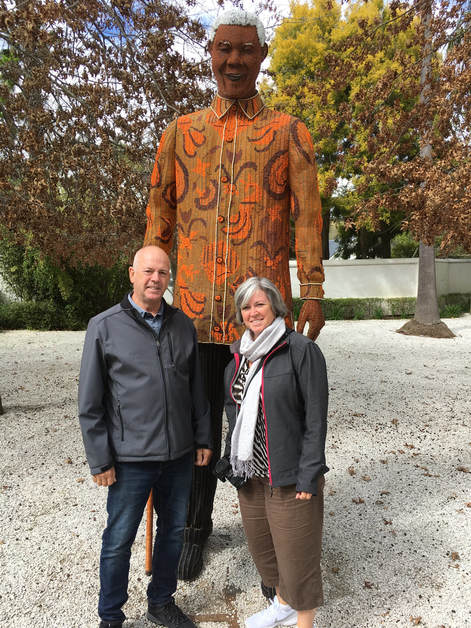
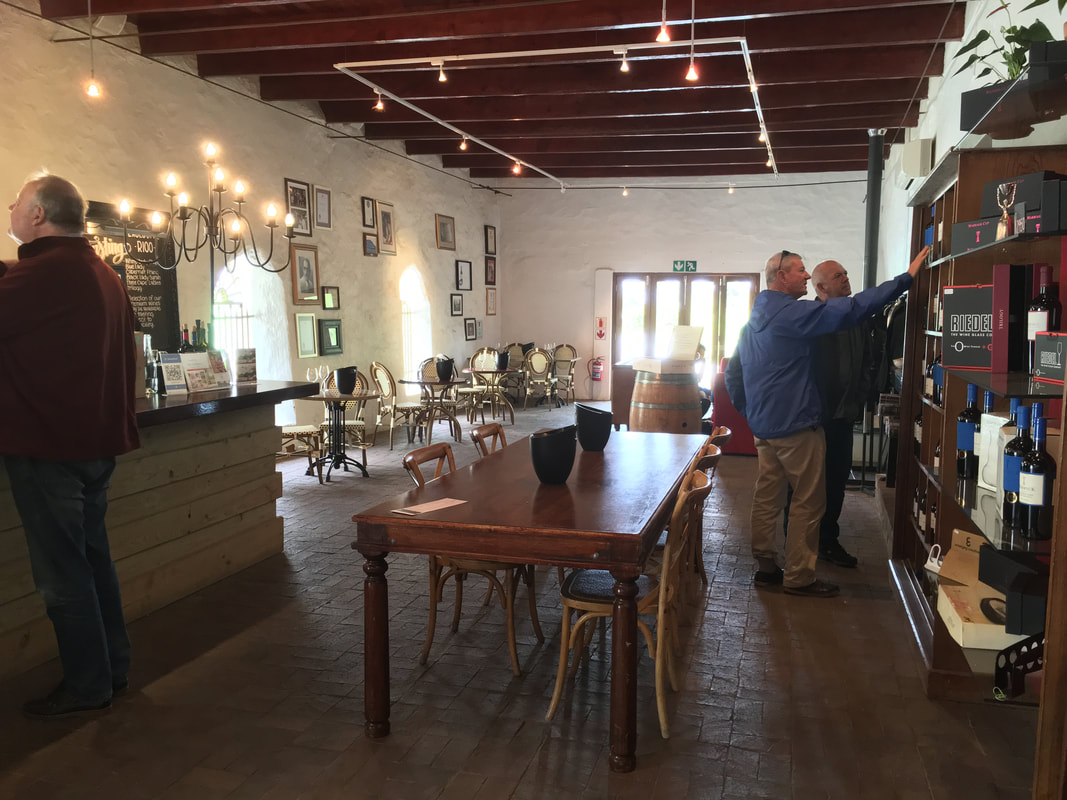
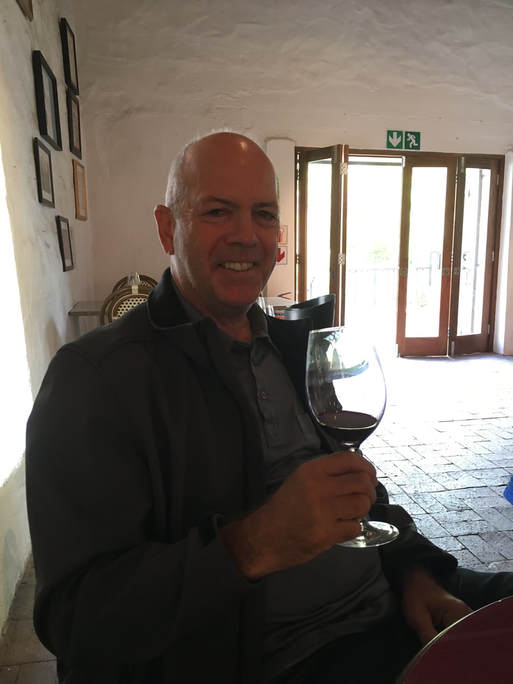
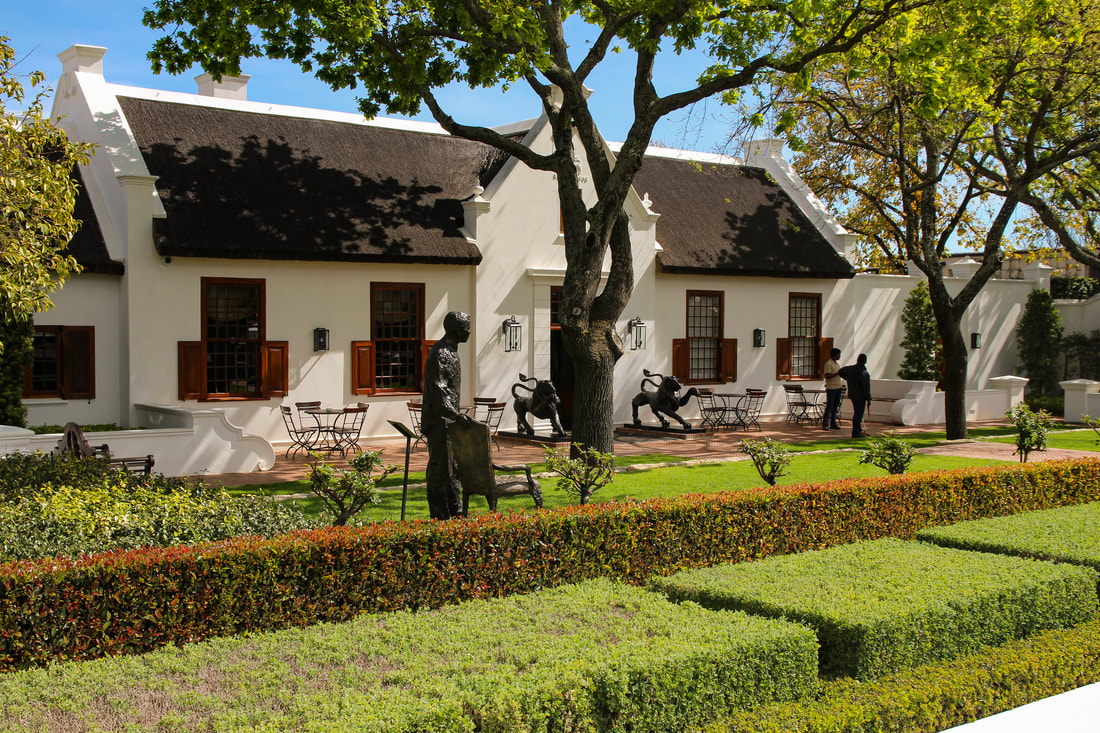
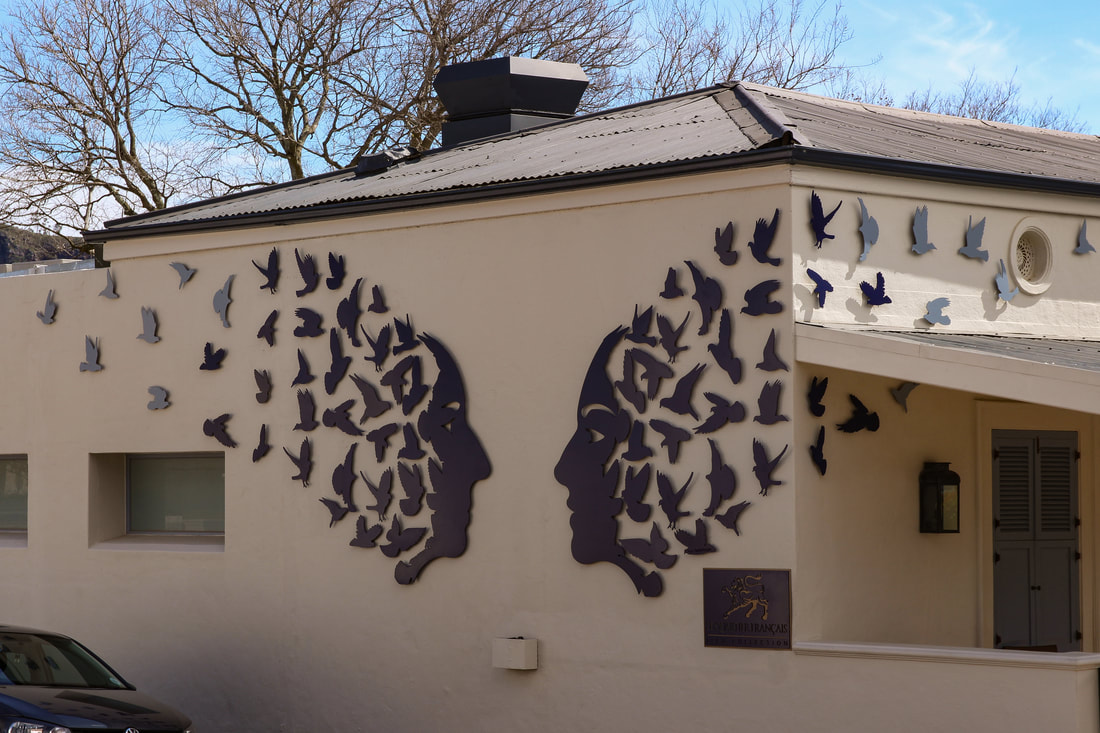
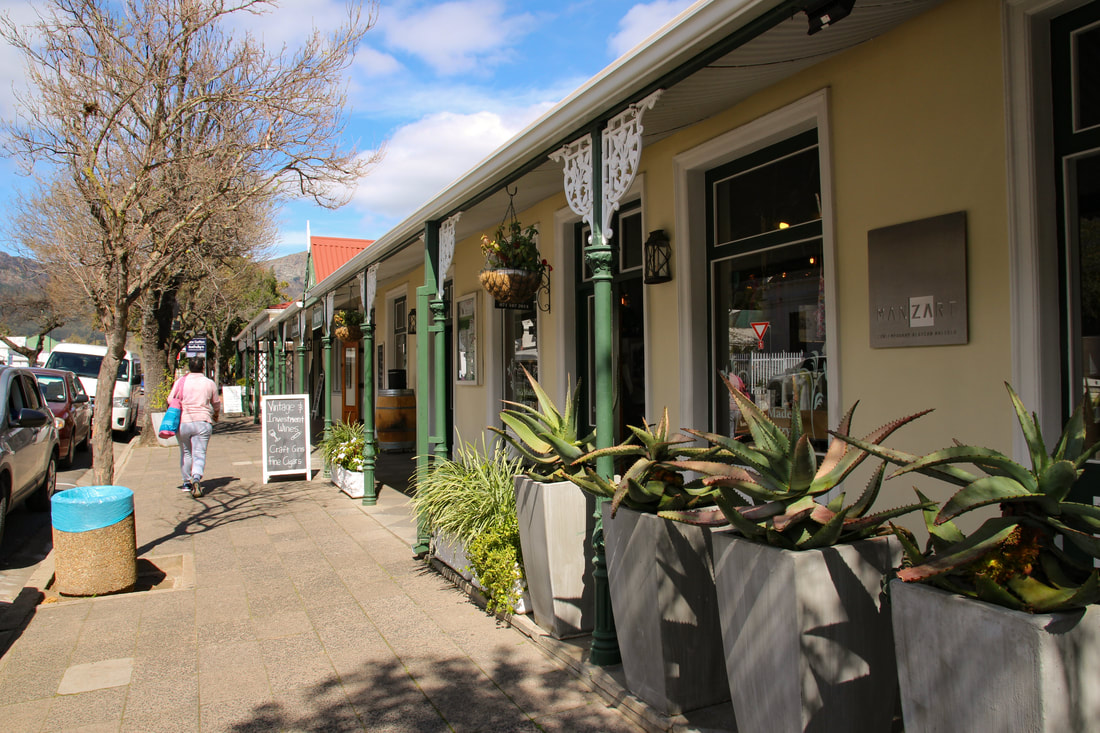
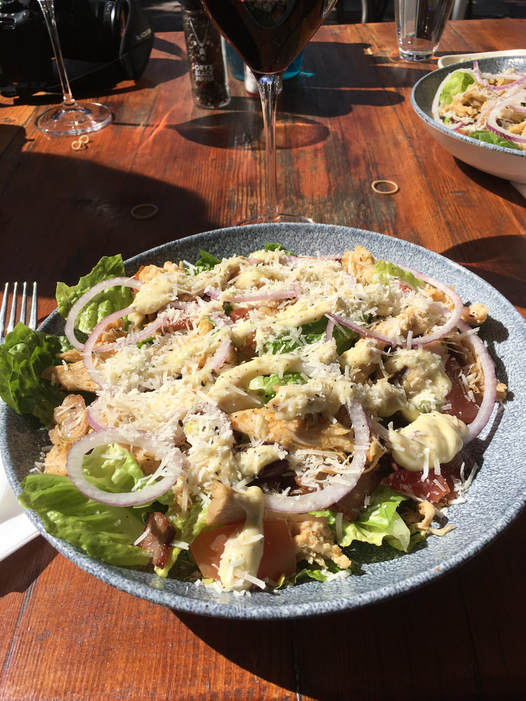
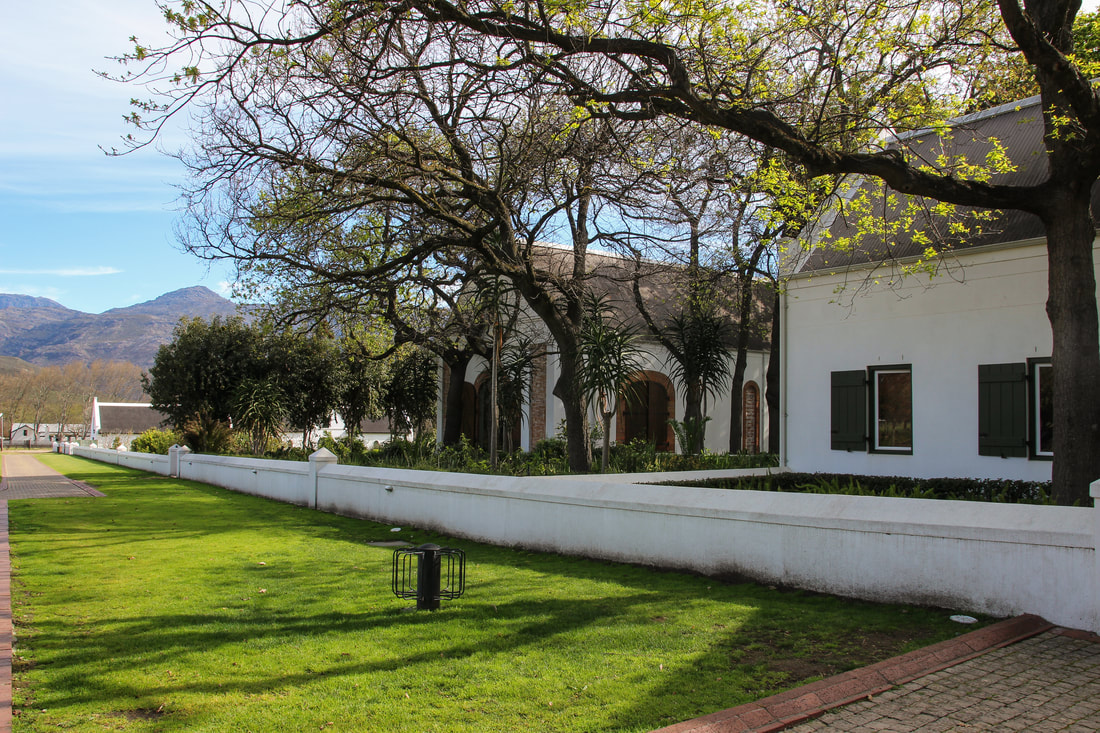
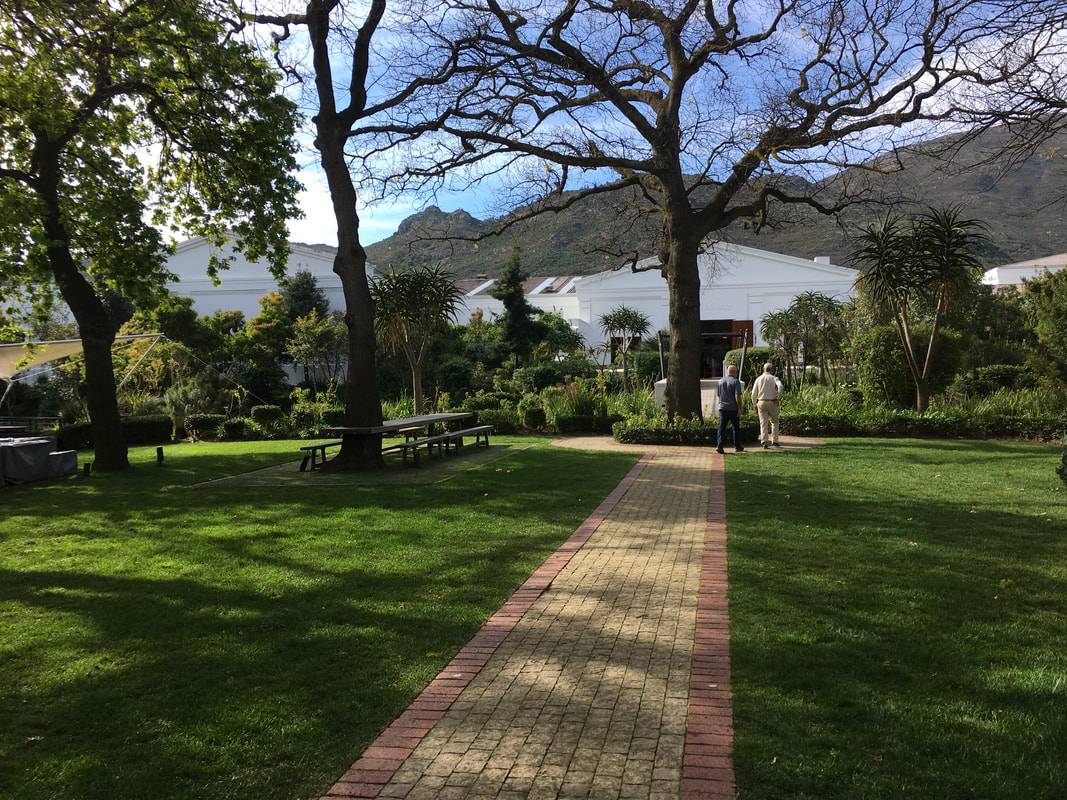
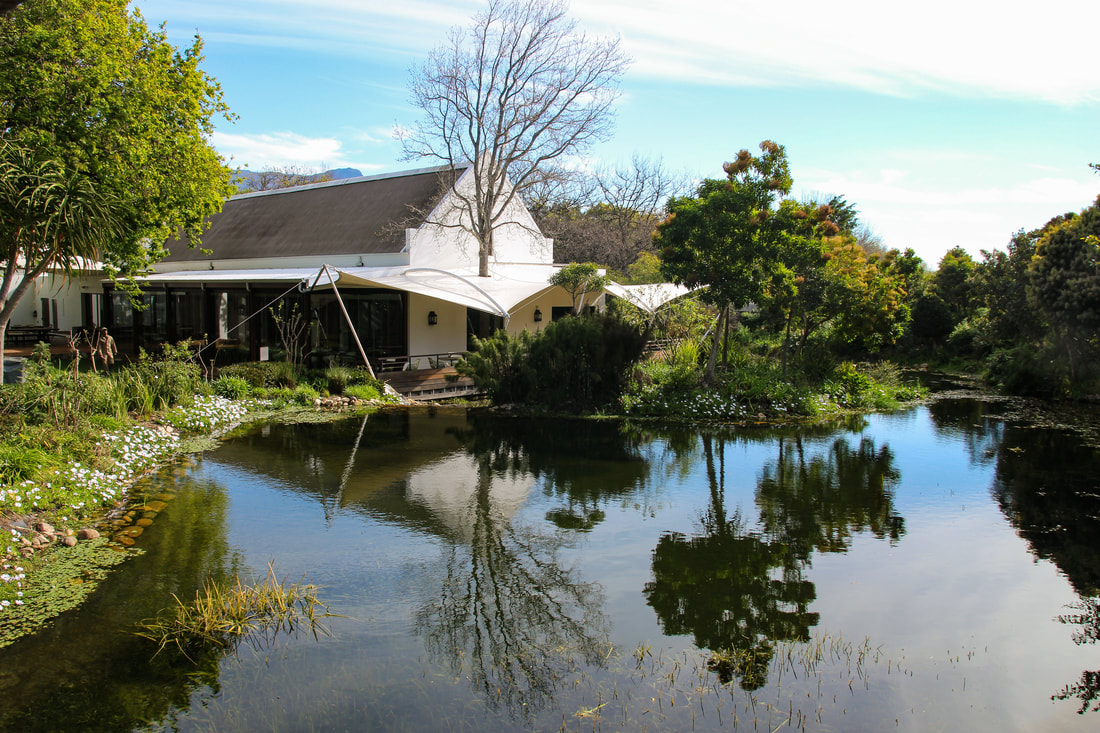
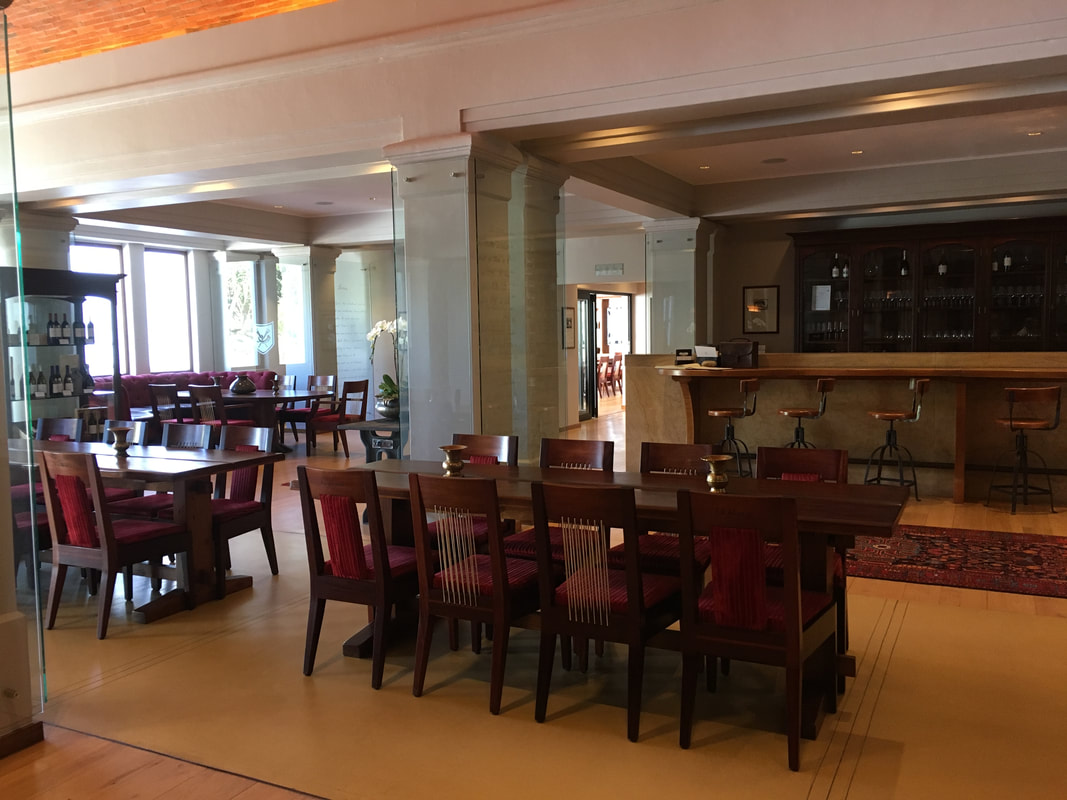
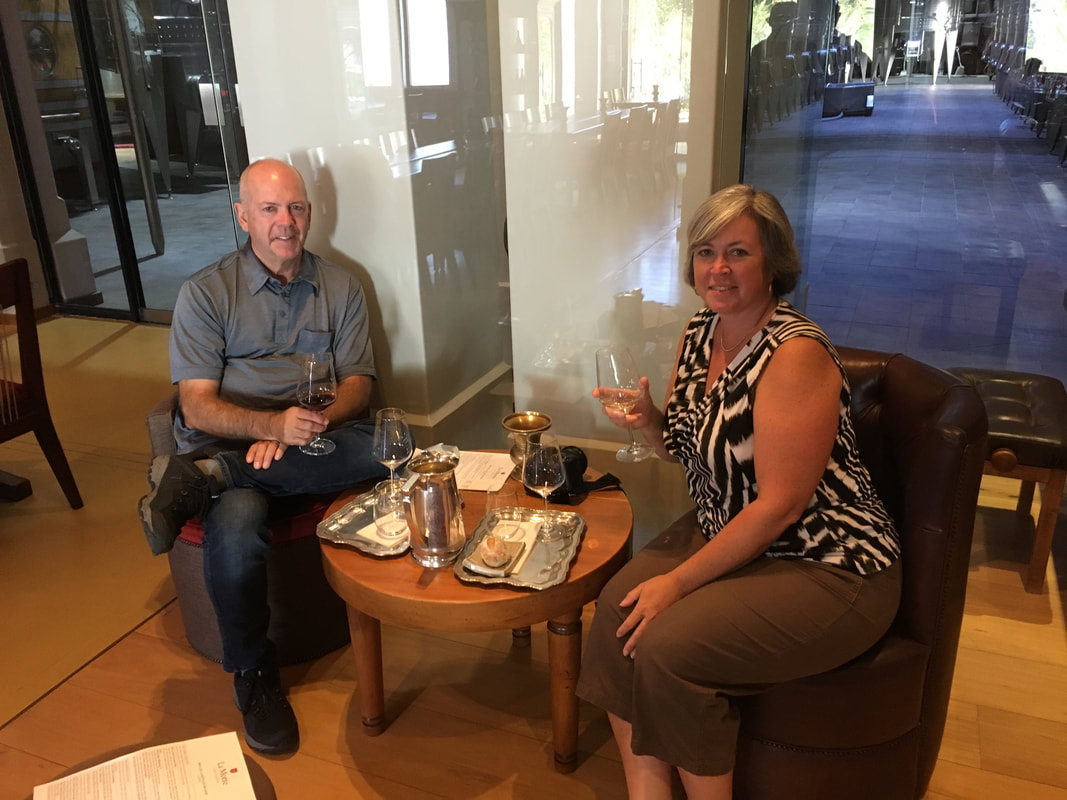
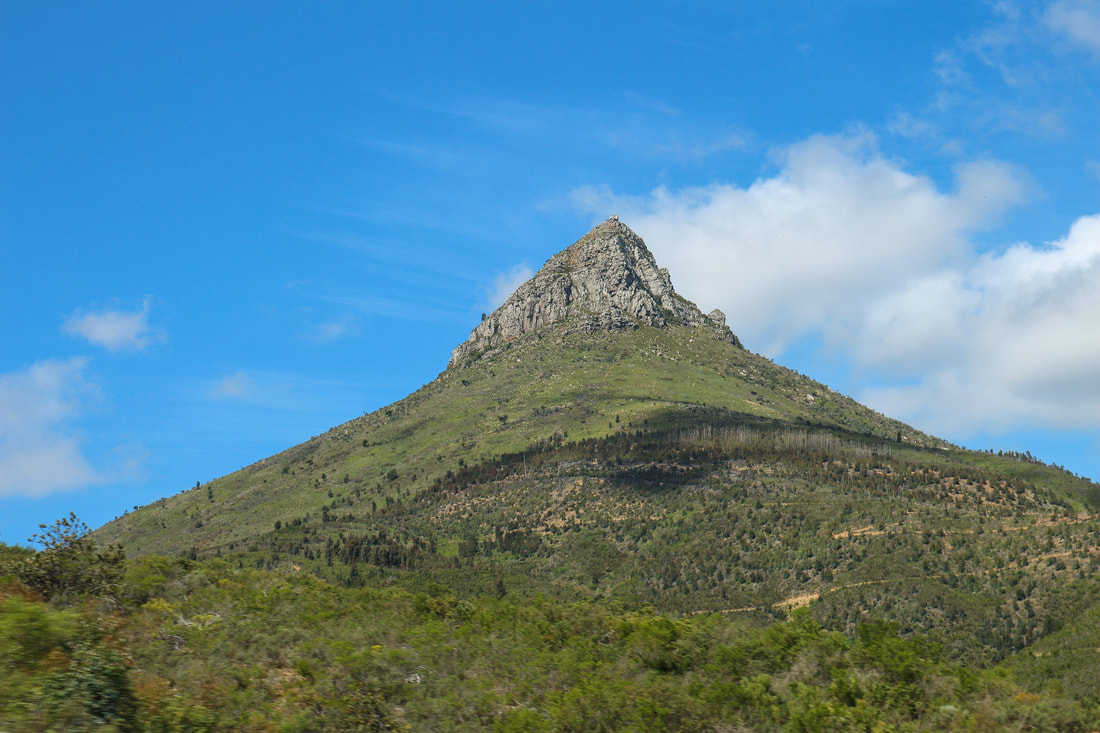
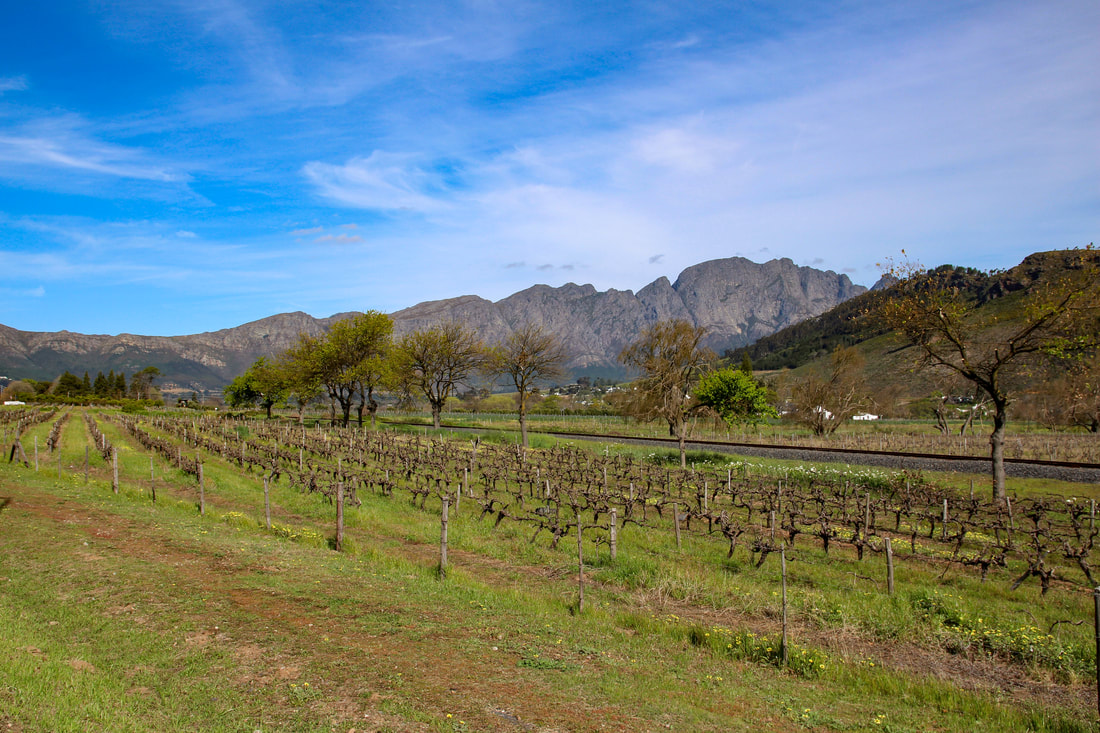
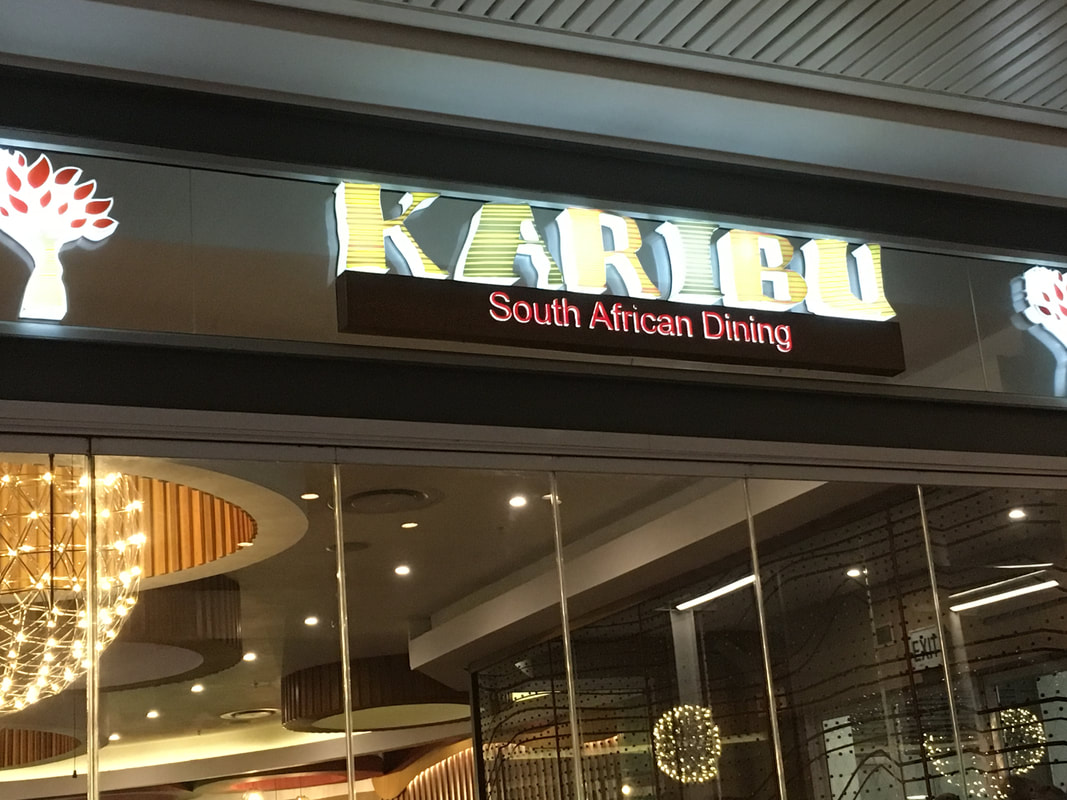
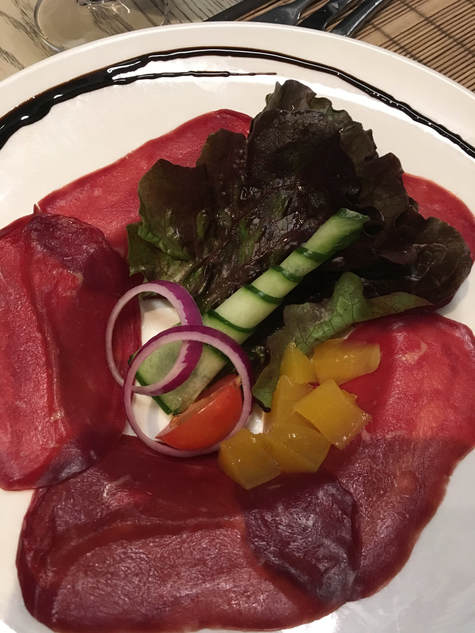
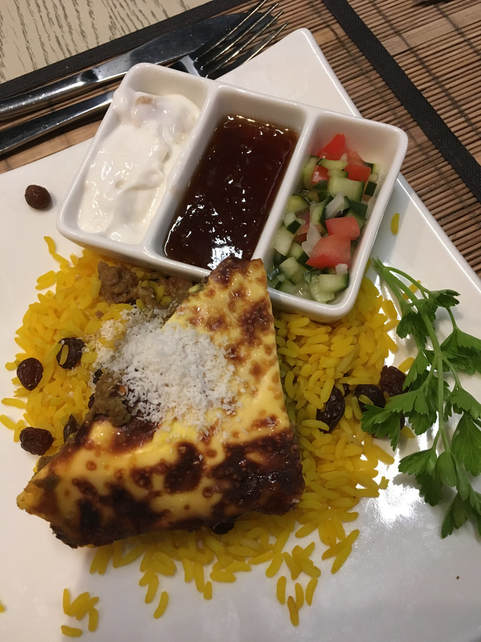
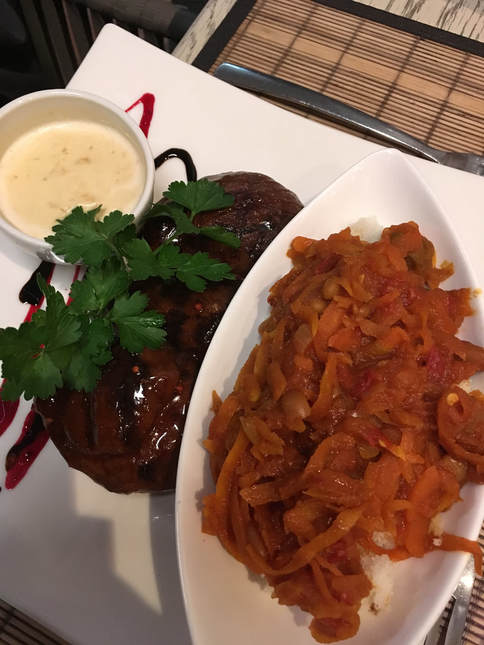
 RSS Feed
RSS Feed